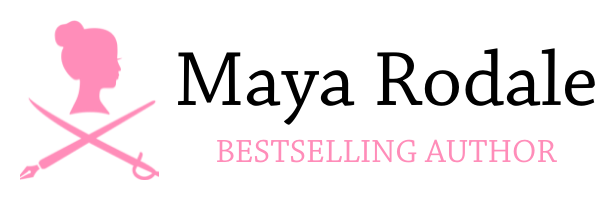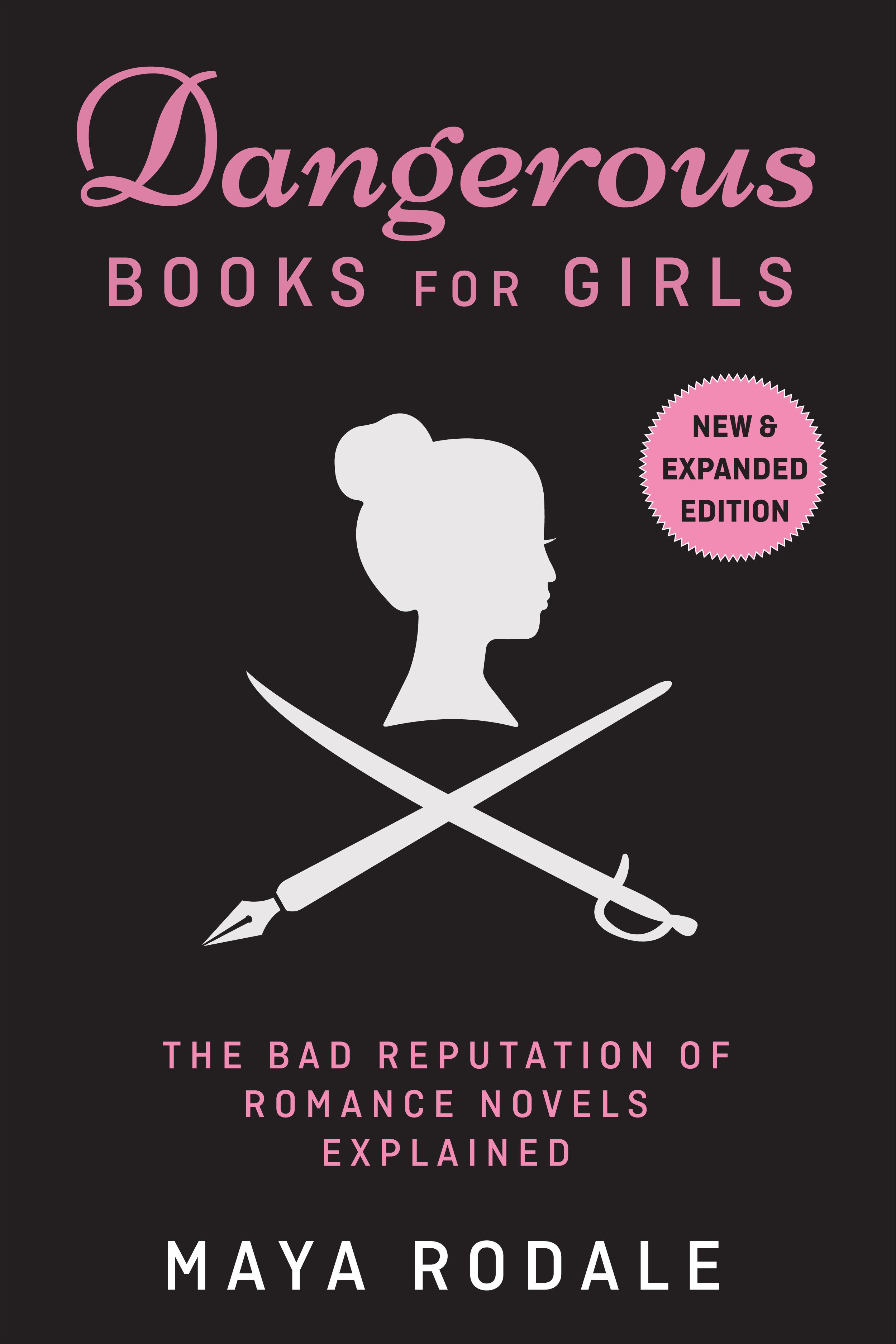Dangerous Books for Girls
The bad reputation of romance novels, explained
Pub Date: May, 2015 :: ISBN: 978-0062231147. New & expanded edition published January, 2023.
Long before clinch covers and bodice rippers, romance novels had a bad reputation as the lowbrow lit of desperate housewives and hopeless spinsters. But why were these books—the escape and entertainment of choice for millions of women—singled out for scorn and shame?
Dangerous Books for Girls examines the secret history of the genre’s bad reputation—from the “damned mob of scribbling women” in the nineteenth century to the sexy mass-market paperbacks of the twentieth century—and shows how romance novels have inspired and empowered generations of women to dream big, refuse to settle, and believe they’re worth it.
For every woman who has ever hidden the cover of a romance—and every woman who has been curious about those “Fabio books”—Dangerous Books For Girls shows why there’s no room for guilt when reading for pleasure.
This New & Expanded Edition includes a new foreword (Are Romance Novels Still Dangerous Books?) and essay (The Truth About Historical Accuracy).
Start Reading!
More than just silly novels by lady novelists.
The surprising, secret history of romance’s bad reputation. It has nothing to do with porn, Fabio or clinch covers and everything to do with the dangers of empowering women to live and love as they please. Watch.
The book club kit
I’ve never met a group of book lover or romance readers who needed help sparking a discussion. But just in case, I put together this book club kit with suggested questions, Mama Rodale’s Infamous Romance Reading 101 Syllabus and my own recommended romance novels. Enjoy! Discuss! And feel free to reach out to me about joining your book club via Zoom—I’m always happy to chat!
Read an excerpt
From the introduction, What We Talk About When We Talk About Fabio.
Romances tackle divisive issues like class, love, women’s sexuality and pleasure, rape, virginity, money, feminism, masculinity, and equality — and ultimately how they’re all tangled up with each other. These books promote a woman’s right to make choices about her own life (and body). They take longstanding notions of masculinity and turn them around. They promote a different image of what it means to be a happy, desirable woman — one that doesn’t rely on the right shade of lipstick, but internal qualities instead. These books celebrate women who get out of the house and do all the things that, traditionally, young ladies and good girls don’t do.
Rather than suggesting a woman needs a man or that the sexes are at war, romance novels demonstrate again and again that true happiness happens when two people find and prioritize love.
Most scandalous of all, these are books by women, for women, and about women in a culture that doesn’t place much value on women.
So when the subject of romance novels — and all those knotty issues — comes up, we talk about Fabio instead of women’s orgasms or men’s feelings.
Read the rest of the essay, What We Talk About When We Talk About Fabio.



